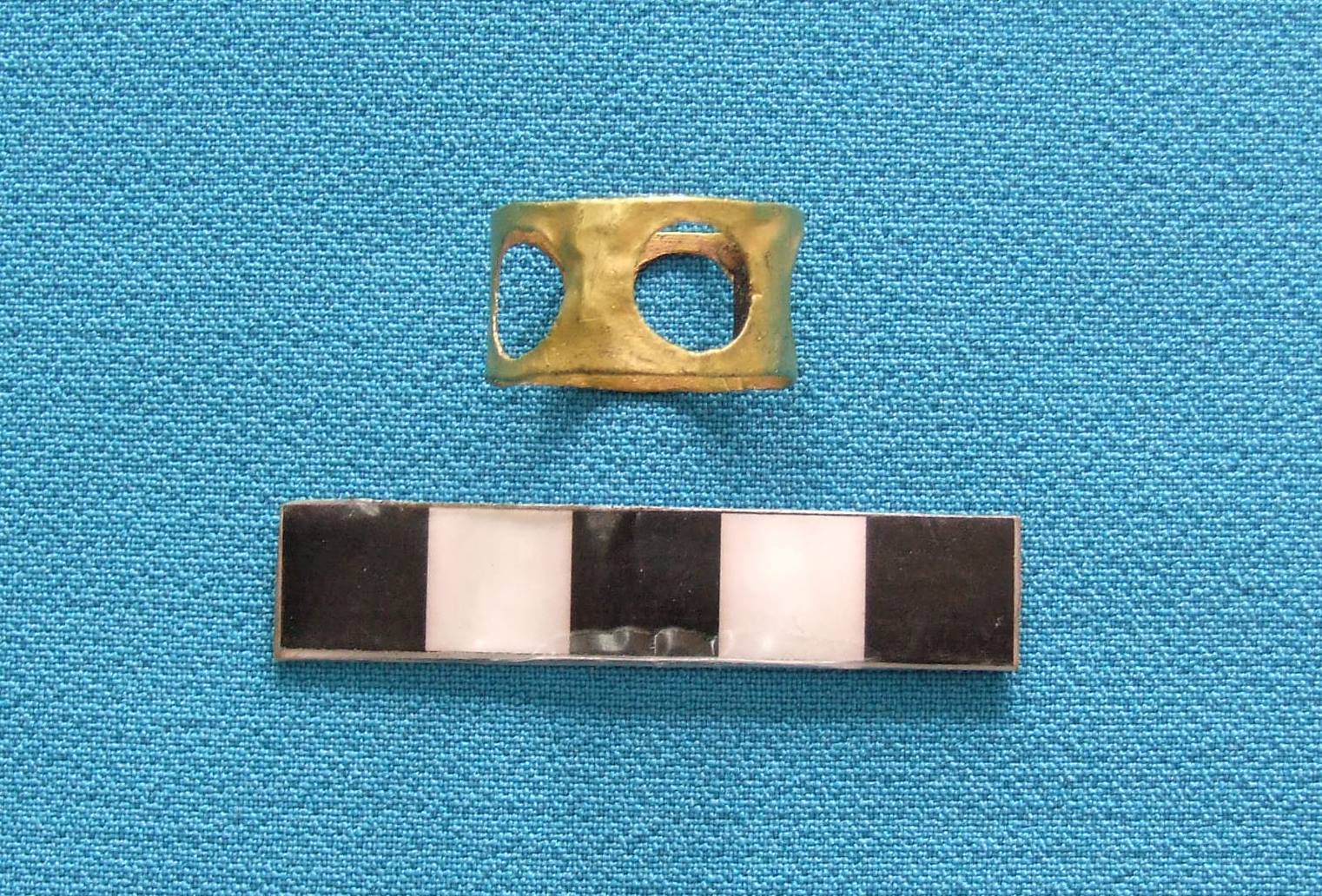In the vast and arid landscapes of the Sari Arka steppes in the Karaganda region of Kazakhstan, archaeologists from Karaganda University have unveiled a remarkable discovery—a pyramid dating back to the Scythian-Saka period. This pyramid, situated on a hill overlooking the Taldy River in the Shet district, has been meticulously excavated over the course of four seasons.
The pyramid, identified as a mausoleum complex, is attributed to the Begazı Dandibay culture, a late Bronze Age society thriving during the concluding phase of the Andronovo period (2000–1150 BC). Remarkably, this pyramidal stepped mausoleum serves not only as a final resting place for a ruler but also as a sacred space for religious ceremonies.
Constructed in a region where communities laid their rulers and elite figures to rest, the pyramid stands as a testament to the advanced artistic capabilities and profound spiritual beliefs of the Begazi Dandibay communities. Carbon dating of artifacts found within the structure places its origin between the 14th and 12th centuries BC.
Dr. Aibar Kassenali, one of the researchers, emphasizes the significance of the cut stones, the size of the mausoleum, and the sheer feat of erecting such a monumental structure in the Bronze Age within the arid steppe. He sees these as indicators of the high level of artistic understanding and rich spiritual beliefs prevalent among the Begazi Dandibay communities.
 The golden artifact found in the burial chamber. © Dr. Aibar Kassenali
The golden artifact found in the burial chamber. © Dr. Aibar Kassenali
Beyond the pyramid, excavations in the region have unveiled a proto-city settlement belonging to the same Begazi Dandibay community. Spanning 15 hectares, this settlement contemporaneously existed with Troy 4 in Asia Minor, the Early Mycenaean period in mainland Greece, and the advanced period of the Middle Kingdom in Egypt. It boasts well-planned street networks, water collection systems, and defensive walls.
Researchers highlight the close connections between the Begazi Dandibay communities and the Karasuk culture of Southern Siberia, constituting the Proto-Turkish culture. Notably, the corridors leading to the burial chamber in Begazi Dandibay mausoleums consistently align with the direction of the sunrise—a manifestation of traditional Turkish religious beliefs. This discovery opens a window into the intricate cultural and historical tapestry of the ancient civilizations that once thrived in this enigmatic region.